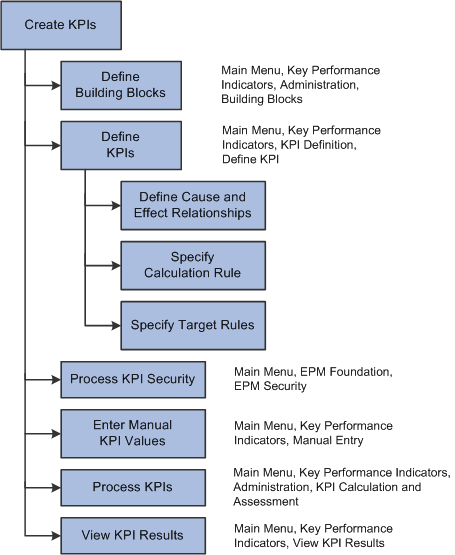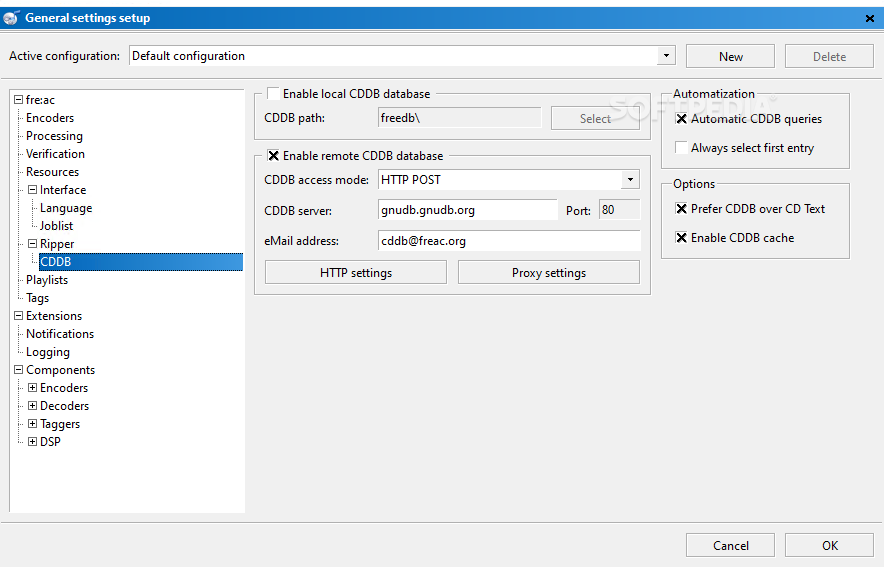



Here the frame headers come after the data and in case of frame #5, there even is data of another frame (#6) between its data and its header. Looking at only the 5th and 6th frame, their layout in the bitstream looks like this: It even leaves some space, so the first data block of the 6th frame starts in the 4th frame as well. The 5th frame is only one data block long and that data block fits completely into the 4th frame. This space available to following frames is called bit reservoir and allows the codec to maintain a set target quality in most cases, even when frame sizes are fixed and audio complexity changes. In an MP3 bitstream, however, (at least for CBR files, VBR is more complicated) frames have a fixed size and when there is space left in a frame after all samples have been encoded, that space can be used by the following frames. In an AAC bitstream, each frame will simply have a length matching the number of data blocks required for that frame and the frames will neatly come one after another. The individual frame lengths are 4, 3, 4, 3, 1, 5, 5 and 7 blocks. In this example, the average frame size is 4 blocks of data. The main difficulty is that while most other formats have discrete frames of audio samples in their bitstreams, MP3 frames can overlap each other: SuperFast LAME is significantly more complex than the SuperFast components for AAC, Opus and Speex, mostly because of technical peculiarities of the MP3 format.
#Setting process priority freac download
You can download a preview release of fre:ac with SuperFast LAME support from GitHub. Tl dr: Implementing SuperFast LAME required some additional work to handle certain features of the MP3 format. So I finished the SuperFast LAME multi-threaded MP3 encoder last week and it's time to write about some technical aspects of it.


 0 kommentar(er)
0 kommentar(er)
